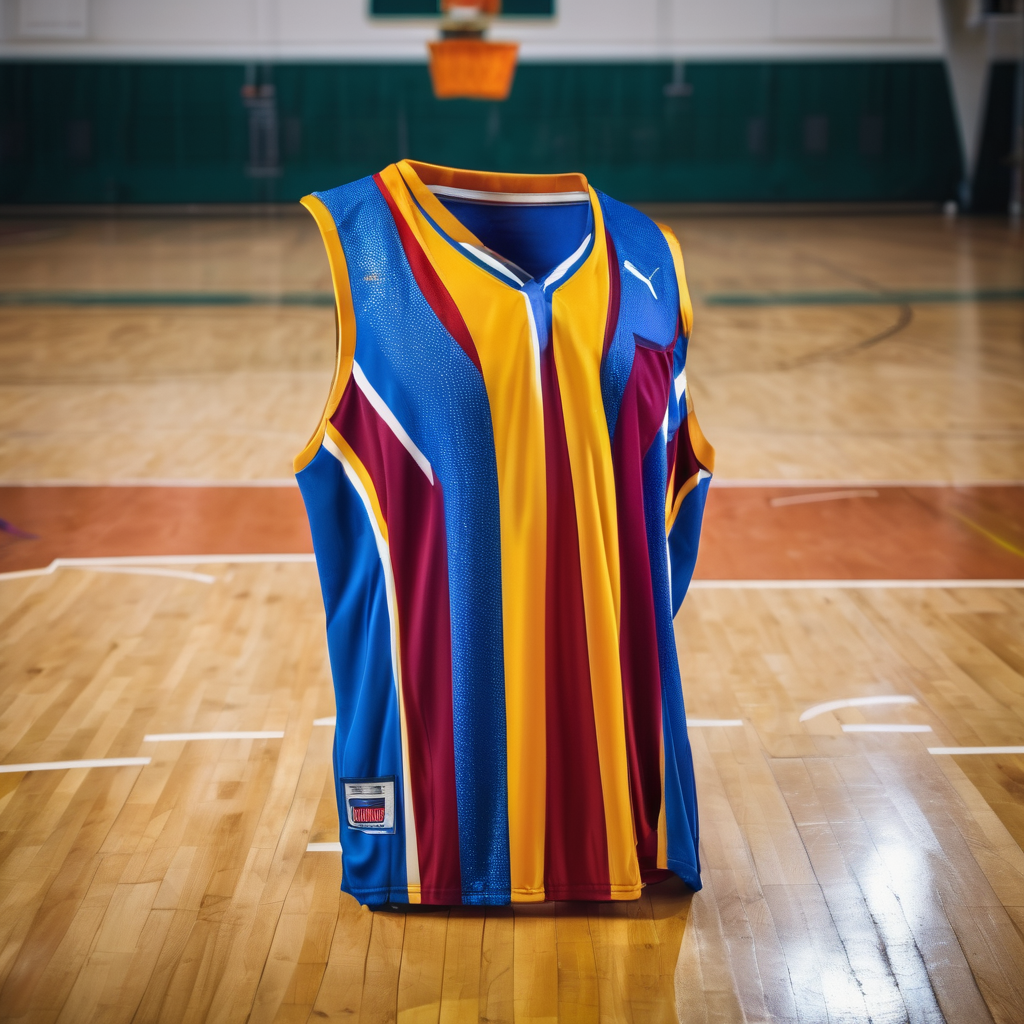A recent report released by Ally provides valuable insights into the spending habits of sports fans, with a particular focus on women’s sports. The survey, which involved 3,000 fans from various generational backgrounds, highlights a growing trend in the financial support for women’s athletics, indicating a positive shift in the landscape.
Stephanie Marciano, head of sports and entertainment marketing at Ally and a recognized member of SBJ’s 2024 class of Forty Under 40, shared her insights in advance of the report’s unveiling. The findings revealed that a significant 67% of respondents reported that their spending on women’s sports has either increased (22%) or remained the same (45%) over the past year. Marciano emphasized the importance of this trend, noting that it reflects the steadfast commitment of fans to women’s sports.
One of the most notable aspects of the report is the revelation that men not only watch but actively spend more on women’s sports compared to women. The average annual expenditure by male fans on women’s sports is $600, in contrast to $400 spent by female fans. This counters the stereotype that only women are interested in women’s sports and highlights the expanding audience for these events.
Despite the encouraging growth in women’s sports spending, the report also pointed out that fans still allocate a significantly higher budget to men’s sports, with male fans spending around $950 annually compared to $500 on women’s events. This disparity is attributed to several factors, including higher ticket prices, wider availability of events, and the long-standing dominance of men’s sports.
Marciano expressed hope for a future where the spending gap narrows, allowing for more equitable support. The report further underscores generational distinctions in fan behavior, revealing that men typically prefer experiential engagement while women are more inclined toward social interactions within their fandom. Specifically, members of Gen Z perceive supporting women’s sports as an act of promoting equality and empowerment, emphasizing the potential for growth in this sector.
These insights offer a roadmap for sports organizations and brands aiming to connect with diverse audiences, suggesting that tailored marketing strategies that consider these consumer behaviors could enhance engagement and support for women’s sports. With the ongoing momentum and increasing interest from both male and female fans, the future looks promising for women’s athletics.
